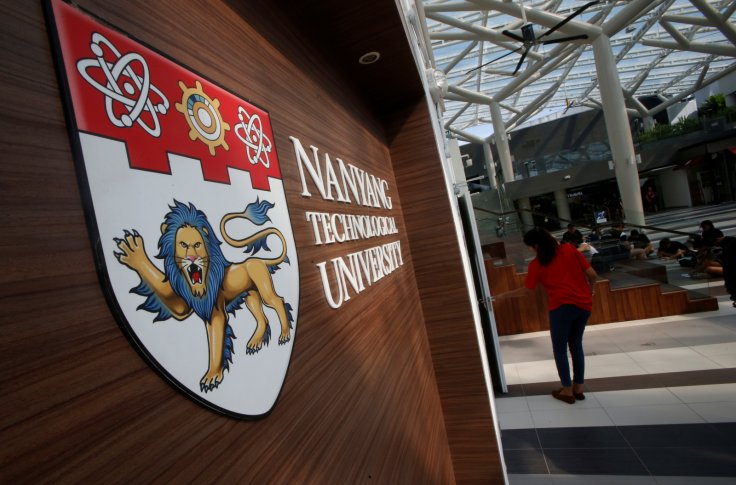
Scientists from Nanyang Technological University (NTU) have created a new power source, a battery, which supposedly feels like a fabric. People could cut it up into pieces, fold and stretch it without affecting its function.
The path-breaking research came to spotlight on January 30, Tuesday when NTU told the press that a team from its School of Materials Science and Engineering, led by Professor Chen Xiaodong has developed a wearable power source, a super-capacitor, which works like a fast-charging battery and can be charged many times.
The new type of power source does exist currently but the design and the structure were decided earlier. The structure and shape of this stretchable super-capacitor can be changed after manufacturing, without changing its performance.
Scientists said that it has the capacity to store four times higher electrical charge compared to other existing stretchable supercapacitors. When they tried to stretch it four times more than its original shape, it managed to maintain almost 98 percent of its initial ability to compile electrical energy.
According to Today Online, Professor Chen said that this technological breakthrough is important for the growth of wearable electronics industry. According to him, this revolution will open up all kind of possibilities in the "realm of the 'Internet-of-Things' when wearable electronics can reliably power themselves and connect and communicate with appliances in the home and other environments."
He also added that his main objective is to combine this technology with wearable sensors for health and sports performance diagnostics, which can help medical researchers as well.
Chen mentioned that while keeping in mind the features of wearable electronics, people can easily imagine the day when this device could be used to monitor "a marathon runner during a race with great sensitivity, detecting signals from both under and over-exertion."
According to the experiments done by the researchers, the editable power source was paired with a sensor and placed on the elbow of a human, which performed better than other existing super-capacitors and provided a stable stream of signals which transmitted to an external device, same like the machine which captures patient's pulse rate.
It was a joint collaboration of the research team and Loh Xian Jun, senior scientist and head of the Soft Materials Department at the Institute of Materials Research and Engineering, Agency for Science, including Technology and Research.
Loh said that this fabric type interconnected power source, which is also customizable and versatile, is able to "offer a plug-and-play functionality while maintaining good performance. Being highly stretchable, these flexible power sources are promising next-generation 'fabric' energy storage devices that could be integrated into wearable electronics."
However, the developers from NTU believes that it could be a mass product and easily affordable, as about $0.13 will require producing 1 sq cm of the material.









